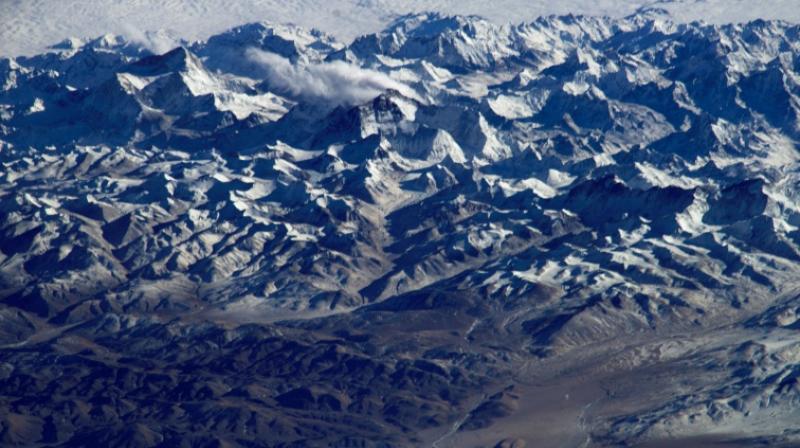Scientists explain mountain gene mutation in humans

Washington: The fossilised remains of an early human cousin found in the mountains of Tibet proves mankind adapted to live at high altitude far earlier than previously thought, scientists said Wednesday.
A jawbone dating from at least 160,000 years ago of a Denisovan, a now-extinct branch of humanity, is the first of its kind discovered outside of southern Siberia, and experts believe holds the key to understanding how some modern-day humans have evolved to tolerate low-oxygen conditions.
Contemporaries of the Neanderthals and like them, possibly wiped out by anatomically modern man, Homo sapiens, the Denisovans first came to light a decade ago. Their existence was determined through a piece of finger bone and two molars unearthed at the Denisova Cave in southern Siberia's Altai Mountains and dated to some 80,000 years ago.
But the new remains, discovered in passing by a local monk nearly thirty years ago, has led researchers to conclude that Denisovans were far more numerous, and far older, than previously thought.
"To have beings, even if a little archaic, living at 3,300 metres (11,000 feet) on the Tibetan plateau 160,000 years ago.... That's something that no one could have imagined until today," said Jean-Jacques Hublin, director of the Max Planck Institute's Department of Human Evolution.
The bone, found in the Baishiya Karst Cave in Xiahe, China, was donated by the monk to a local museum, before scientists set about analysing its composition. It was so old no DNA could be extracted.
But Hublin and his team used the latest protein analysis to date one of its teeth and to link it genetically to Denisovan specimens found in Siberia.
"From my point of view it's confirmation of a working hypothesis I've had for a while: Nearly all Chinese and east Asian (hominim) fossils between 350,000-50,000 years ago are probably Denisovan," said Hublin, lead author of the study published in Nature.

